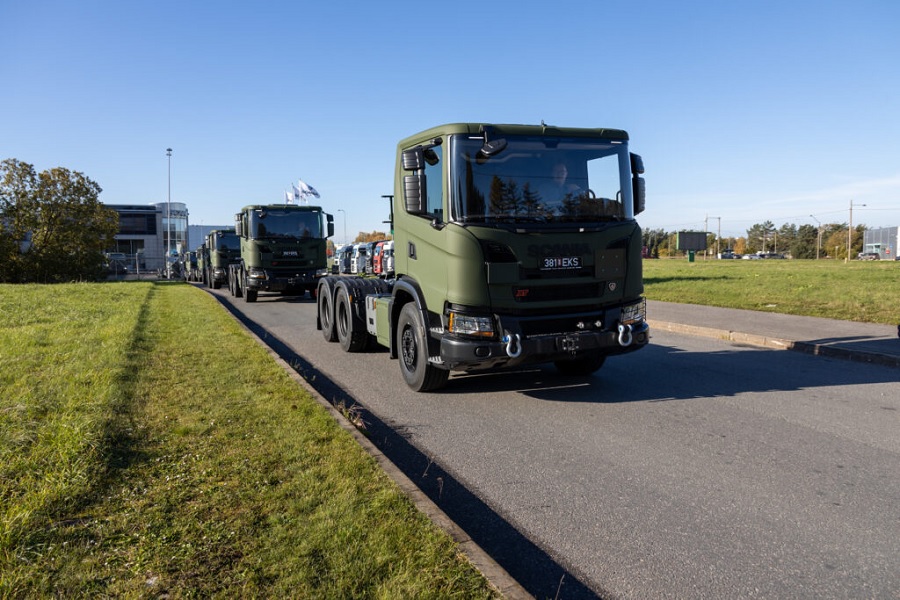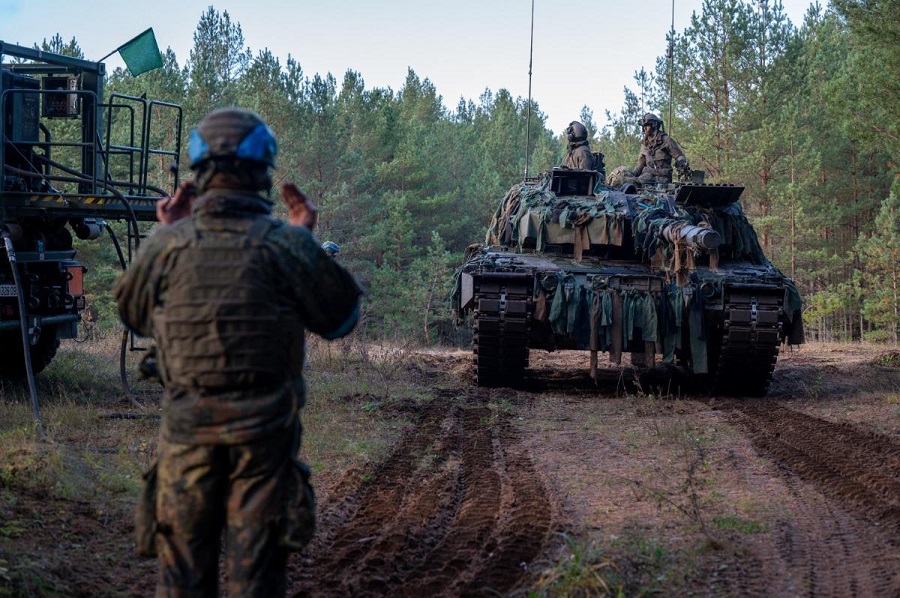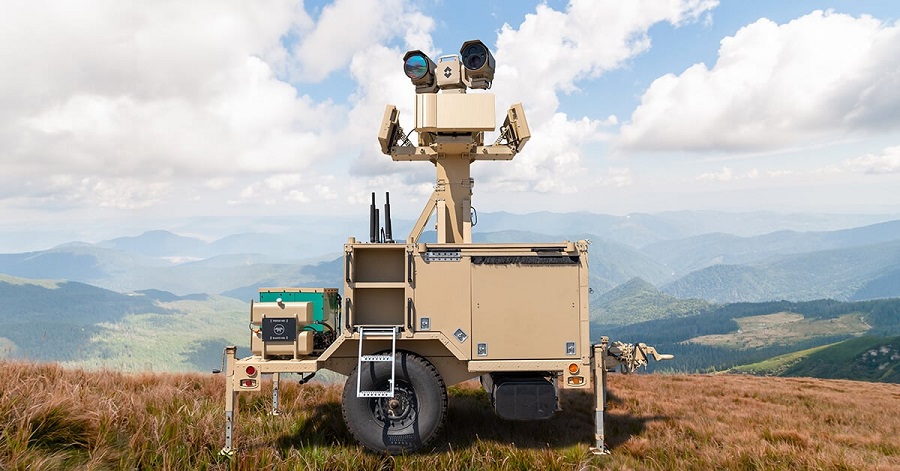Leonardo has completed a number of live trials in the UK which will underpin the development of an Air Launched Effects (ALE) capability, which involves releasing and controlling drones in mid-air from host aircraft such as helicopters. Engineers from Leonardo’s site in Yeovil, the ‘Home of British Helicopters’, worked in partnership with Anduril Industries to conduct the exercise at Predannack Airfield in Cornwall in December 2022.
The field of ALE is one of the newest applications of drone technology and has the potential to dramatically increase the survivability of military aircraft and increase force effectiveness. By launching teams of sensor-equipped drones or other payloads that can then fly miles ahead of the aircraft, crews can stay out of harm’s way and deliver effects with extreme precision.

The trial built upon Leonardo’s demonstration in September 2020 that saw an uncrewed aircraft integrated into an AW159 helicopter’s mission system, allowing the crew to control the drone from the cockpit as if it was one of the aircraft’s on-board sensors. In the December 2022 trials, as well as collaborating on the Crewed-UnCrewed Teaming (CUC-T) control software with Anduril Industries, Leonardo employed a number of ALTIUS-600 drones produced by Anduril’s drone-specialist subsidiary AREA-I. ALTIUS drones are designed to be launched in a variety of methods, including from common launch tubes and are suited for installation on-board military helicopters such as those built in Yeovil, as well as other platforms such as ground vehicles, surface vessels and high altitude aircraft.
During the trials, the Leonardo / Anduril Industries team was able to evaluate and gather real-world performance data on a range of hardware and software components critical to future collaborative drone capabilities. The team developed and practiced the drone to aircraft coordination, flight manoeuvres, waypoints, loiter positions and overall Command and Control (C2) necessary for multiple aircraft to function together, autonomously. The exercises have boosted the company’s knowledge in CUC-T and ALE data management, laying the groundwork for future, more complex trials.
Software integration work for the trial was performed at Leonardo’s helicopter base in Yeovil as well as at iAero, a new £10m aerospace centre in Somerset dedicated to innovation, collaboration and sustainable aviation. The next stage of development will see the company conduct trials with more drones flying simultaneously at beyond-line-of-sight ranges.
The command and control of multiple or teams of drones from crewed platforms is a relatively new domain of military research that will rely on Artificial Intelligence and complex collaboration algorithms, which have been compared to the murmuration patterns of gathering starlings, to deliver the required effects.



























